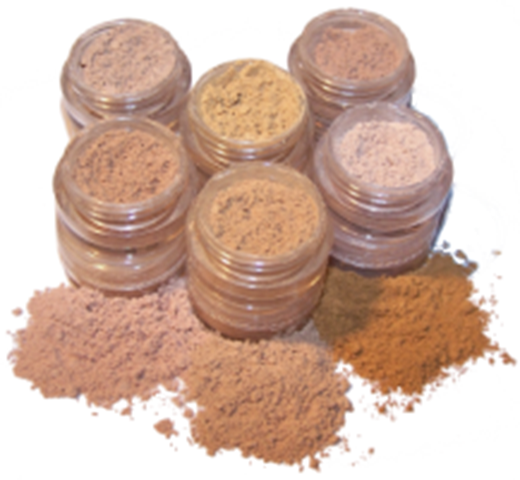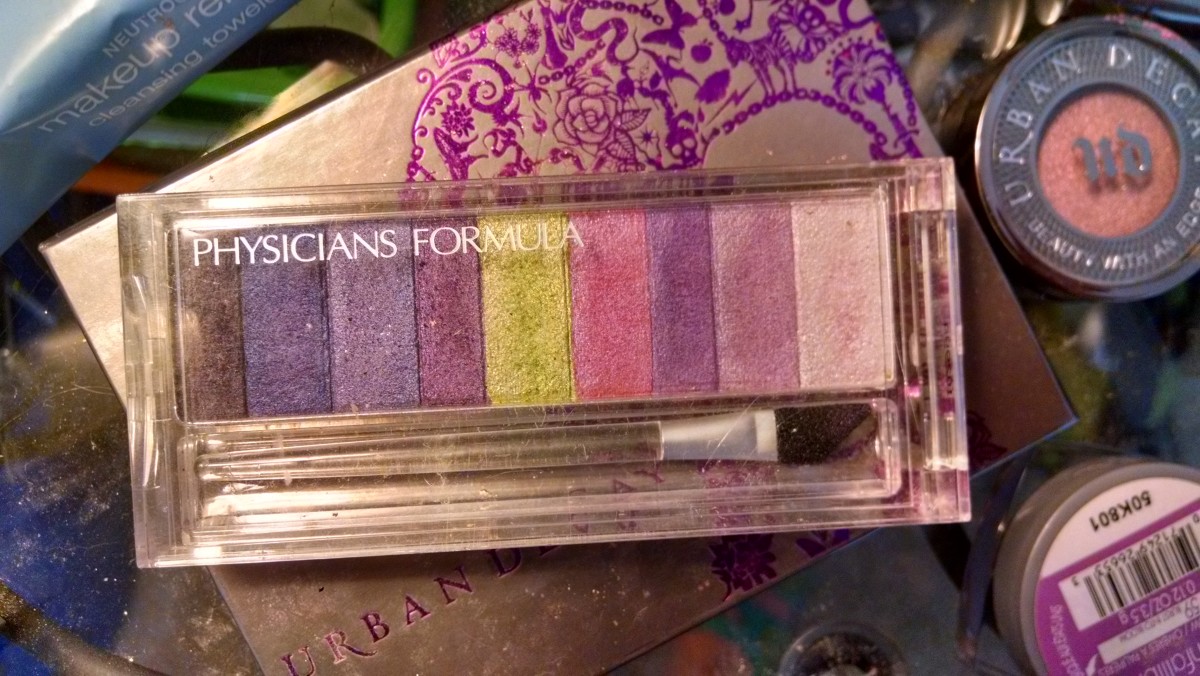Mineral Makeup vs. Traditional Makeup: The Benefits of Mineral Makeup
Mineral makeup is now popular in beauty products since it is noncomedogenic and can safely be used even to those who are prone to acne. It has both therapeutic and aesthetic benefits for people with all skin types. It is recommended by skincare professionals, dermatologists and plastic surgeons. This has become an integral component in pre- and post-surgery routines.
Mineral makeup vs. traditional makeup-- What's the difference
Minerals are always included in makeup formulas, but what makes a mineral makeup different from traditional makeup is ingredients and absence of filters such as talc and chemical dyes.
Quality, quantity, particle size and type differ from brand to brand, and a good mineral makeup has this combination of ingredients: mica, zinc oxide, iron oxides, titanium dioxide, bismuth oxychloride or boron nitride.
In traditional makeup, minerals are “listed under.” It contains filters such as talc, fragrances, chemical dyes, chemical preservatives and binders.
Talc is one of the most ubiquitous filters. It is a finely milled magnesium silicate, inexpensive, matte and imparts a slippery sensation to the finished product. It is used to stretch color.
The high percentage of minerals provides versatile coverage, sun protection and benefits for the skin. This gives the mineral powder such adherence and there’s no need for touch-ups.
Quality mineral makeup doesn’t contain perfume, chemical dyes and chemical preservatives. Perfume is the number one cause of irritation or allergies and can also act as a photosensitiser. People should only apply perfume only where skin is not exposed to the sun; otherwise they are headed for hyper or hypopigmentation. Talc is also eliminated in quality mineral makeup.
The way mineral makeup interacts with light created its superior coverage. Mineral makeup allows light to pass through the particles so it bounces off the skin, reflecting the skin’s tone and taking the color of the skin. It also diffuses light, creating a soft-focus effect.
Mineral makeup allows the skin breathe and function normally, especially important for those with acne and rosacea, and also provides immediate sun protection.
In addition to the benefits, mineral makeup is light and looks more natural on the skin as it doesn't give cakey appearance, even camouflaging a variety of skin problems.






